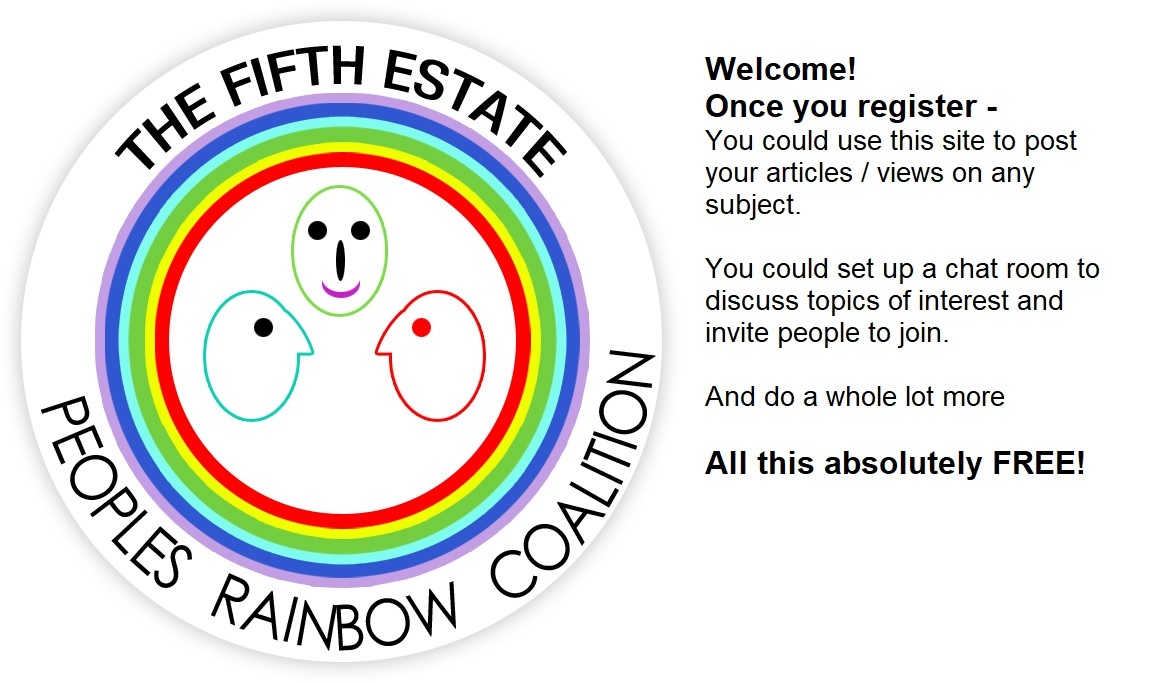ABOUT ID CARDS
ID Cards have become ubiquitous. To some they are a status symbol. Young people with an ID tag hanging from their necks are a common sight. They do not remove the tags even when commuting to and from home to office. The tags are a sign that they are employed. It does not matter that they are wage slaves. There is pride in being employed, and rightfully so. Hence, they do not stop to think why they should have tags hanging from their necks. Just a few years ago, no one had these. It is only with the advent of IT that these tags came into fashion. Why is this so? IT enabled access control to offices and hence, they came into existence. It is not that access control was necessary and therefore tags were invented. For example, in the old days, attendance for factory workers used a token system. The attendance was checked by exception, from either absent tokens on a board or tokens not taken from it indicating presence or absence of a person in the factory. IT and swiping of a card automated attendance records. While this saved some labour and effort, it had its pitfalls. Then someone came up with biometrics incorporated either in the access control device or in the ID card. This too has its drawbacks.
What is an ID? Many find it difficult to provide a definition when the question is asked of them. An ID is simply a description of a person and some of his / her attributes.
Why are IDs required? The attributes are meant for specific purposes. For example, a driving license describes the attribute relating to the person’s ability to drive and the authorisation to do so by a competent agency. A driving license would not enable one access to an office, even if one were employed there. For entering the office, one would need an employee ID card. Hence, although the driving license is as much an ID card as an employee ID card, they describe different attributes of the person. Therefore, one may not be used for the purpose for which the other is used. Hence, one may say that ID cards facilitate human interaction and transactions. They are not always necessary. In the paranoia generated by terrorist attacks, people have come to think of ID cards as essential. ID cards are neither useful in identifying terrorists nor do they prevent terrorism. As ID cards came to be used more and more, it became the norm even for situations where they were of no use. For example, in some companies, to move from an office to a rest area, one has to swipe the ID card. The time spent in the rest rooms, even if recorded is of no use, since people cannot be motivated to be productive by threats. Some found the increasing use of ID cards and systems a good business. Thus, the ID business is indeed big business today. People in government imagine that IDs could be used to control people. They forget the fact they are there to serve the people. No wonder the new government in UK had to remind the previous one about this, saying, “We propose to do government business as servants of the people, not their masters”. Theresa May said this while announcing the scrapping the National ID Card Act, 2005, which was enacted by the previous Labour government.
She called the ID card system, “Intrusive bullying” and an “assault on personal liberties”. Is not monitoring the people going to rest rooms, intrusive bullying? The same type of thinking characterises the actions at the corporate as well as the national levels. Some, very foolishly, imagine that one all-purpose-ID card would be a great boon. These have not heard of the old saying, “Do not put all your eggs in one basket”.
In India, one party thought that a multipurpose ID card (MNIC) would be useful in identifying illegal immigrants from Bangladesh. Another party thinks that a number tagged to each person would prevent leakages of welfare funds and facilitate targeted welfare service delivery. Neither of them says how these objectives could be achieved. Such muddle-headed is typical of governmental and bureaucratic thinking resulting is colossal wastage of public money.
In sum, ID Cards prevent neither leakages of welfare benefits nor terrorist attacks. They (ID Cards) are what they are called, a means of identification using cards. They identify people for whatever one wants to the person identified. Even this, identification, is fallible and hence they have limited utility in selected and controlled environments. Their use on a mass scale is problematic and fraught with danger to both those identified and those who aim to identify.















